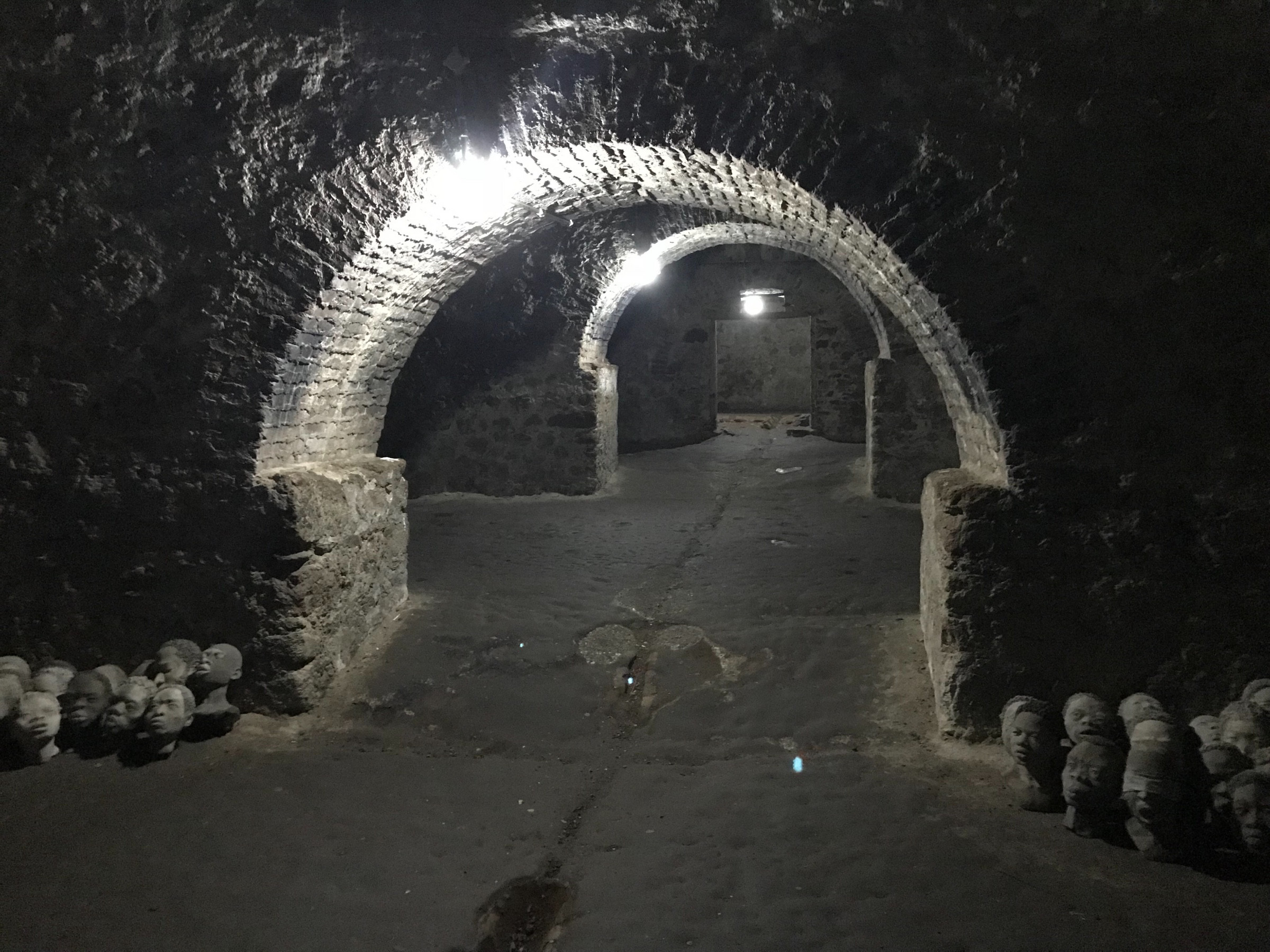


If she got pregnant, she was sent to a house in town and taken care of, and her mulatto child was sent to school and treated well. Slave buyers in the Americas wanted to make sure their slaves could produce more slaves, so they sent some women too.”Ī few women became the “lucky ones.” When the castle’s commander wanted companionship, the soldiers would march the women into the courtyard, and from a walkway above, the commander would pick one out. Clark listens, the words hang, suspended across centuries. “Can anyone tell me why they had women slaves?” he asks. In the women’s dungeons, much smaller, the guide tells us, some 400 female slaves were kept. Our guide says the slaves likely could hear the Sunday prayers. The British built their church directly above the men’s dungeons. “I was just standing there in the dungeon room,” he says, “and I was thinking, how many songs were sung to get them through the night? How many tears fell? How many solemn prayers were enough?” They were chattel.”Ĭlark sees a lot in the dungeon’s darkness. After a while, they had no senses anymore. The guide says: “Some slept sitting, others in rows, their heads between the legs of their fellows. How did they lie down to sleep? How could they bear the smell?” “This is what’s left of human excrement, 300 years-old.
Castle on the coast of africa Patch#
“See this patch on the floor here?” our guide says. There’s only a small channel running through the center of the room, their sewer. They had to go on the floor, and live in it.” He hears each word the guide says, grabs the words as they hang in the musty air: “They put about 1,000 men at a time in this room, no light.
Castle on the coast of africa windows#
In one dungeon, Clark studies the thick stone walls and looks toward the two tiny windows high up near the ceiling at the end of the room. Our guide takes our small group from the sunny bright patio into the tunnel that leads to the men’s dungeons. These are the people you heard stories about, the people who came through your grandmother, your great grandfather, your great uncles – these are the people who I came through. Here one learns, just surviving to get on board was a victory of the human spirit. Our guide tells us that between the late 17th and early 19th centuries, some three million West African slaves – many traded to the British by African tribes – were shipped out to the Americas from this ironically picturesque, fading white prison.įour in 10 never survived the tortuous transoceanic voyage, crammed barely alive in the hull below the deck. He is in Ghana studying abroad at the University of Ghana, trying, he tells me, “to get that African experience, that experience of being home and being connected and learning about where I came from and where my ancestors came from.” Below his feet and all around him, he is finding diabolical answers. “It’s just overwhelming.”Ĭlark stares out at the sea, as if trying to figure the route the slave ships carrying his ancestors sailed from the shores of West Africa to Haiti, to the “New World.” “I just took a quick minute to look at the water crashing up against this castle,” he says. What he found here was so much better, and so much worse. Duwon Steven Clark is standing on the white rock patio, just to the right of the now-silent cannons of Ghana’s Cape Coast Castle, trying to get himself around a memory he never had.Ĭlark, a 21-year old Haitian-American student at Florida A&M University, came to Cape Coast to find his great ancestors, men and maybe women whose names he doesn’t, and likely, won’t ever know.


 0 kommentar(er)
0 kommentar(er)
